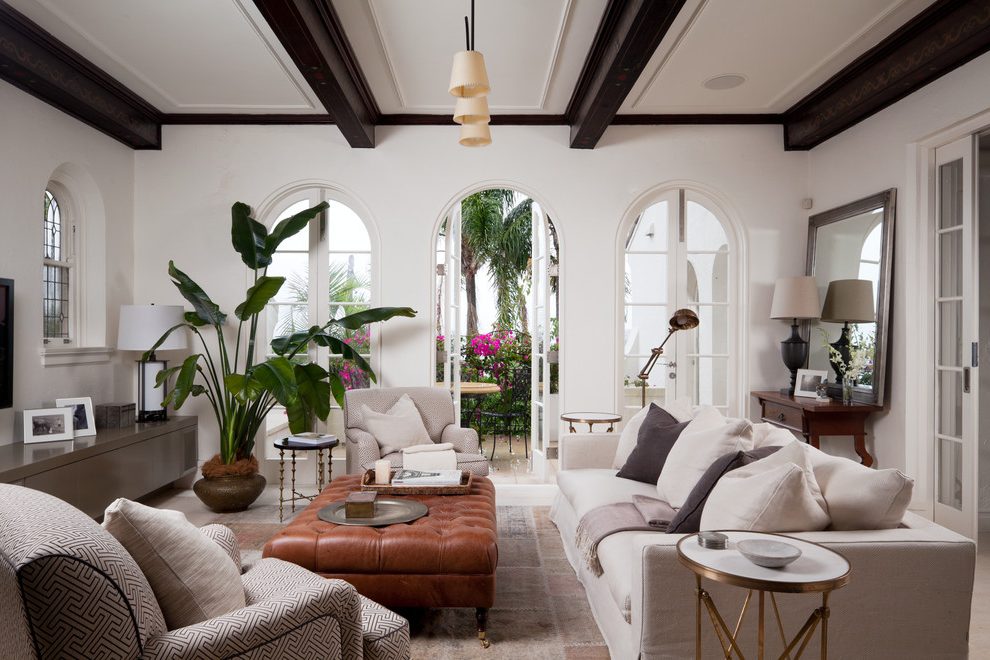Article written by Artificial Turf Supply Commercial and Residential Division.
Before purchasing artificial grass, it’s important to understand the types of turf that are available and also the needs that are specific to your yard. Knowing how the differences in specifications of different types of artificial turf will impact your lawn can play a key role in making a smart buying decision.
No one wants to experience buyer’s remorse after they’ve purchased synthetic turf. When you make a commitment to install artificial grass at your home, you want to know that it’s a decision that you’ll love for decades to come. In order to make an informed purchasing decision with fake grass, you need to know what you are looking for in terms of quality and features and be willing to do the research to find a model that best fits your needs.
Before you research specific brands or types of artificial grass, think about your yard space and how it will be used. If you have pets, you’ll want to consider special grasses that have microbacterial agents to prohibit bacteria growth. If you live in an area that gets a high amount of rain, choosing a fake grass with strong drainage capabilities should be a key decision point.
You’ll want to do a detailed sketch of your yard layout — with accurate measurements — before you shop for synthetic turf. Determining the amount needed to cover a lawn will allow you to stay under budget by calculating the amount you can afford to pay per square yard. When calculating yardage, you can rely on several online calculators that will factor in costs beyond the price of the turf (such as labor, materials and debris removal).
When it’s time to shop for your artificial turf, you’ll want to pay close attention to the specifications of each model. Most manufacturers have a wide range of model types that have unique characteristics. Here are a few things to look for while shopping:
Total Yarn Weight: A key factor in determining the quality — and often the price — of artificial turf, this is the weight of the yarn that is above the lawn’s backing. This takes into account both the length of the yarn and how densely the yarn is distributed for each square yard. A higher yarn weight is typically more desirable as taller blades and thicker grass tends to look more like natural grass.
Water Permeability: The ability of artificial turf to drain standing water is measured by how many inches it can drain in one hour. An industry standard for a quality lawn is 25 inches in one hour; if you live in a climate with heavy rains you may want to consider turf with a higher water permeability rate.
Backing Type: A lawn’s backing can be made of one or more layers of fabric. Backings that have two or more layers are more desirable, as are heavier backings.
Bio: Artificial Turf Supply Commercial & Residential Division has more than 30 years of experience in helping homeowners and commercial property managers find artificial grass for their lawns. Contact them to see the different synthetic grass choices available at affordable prices.

